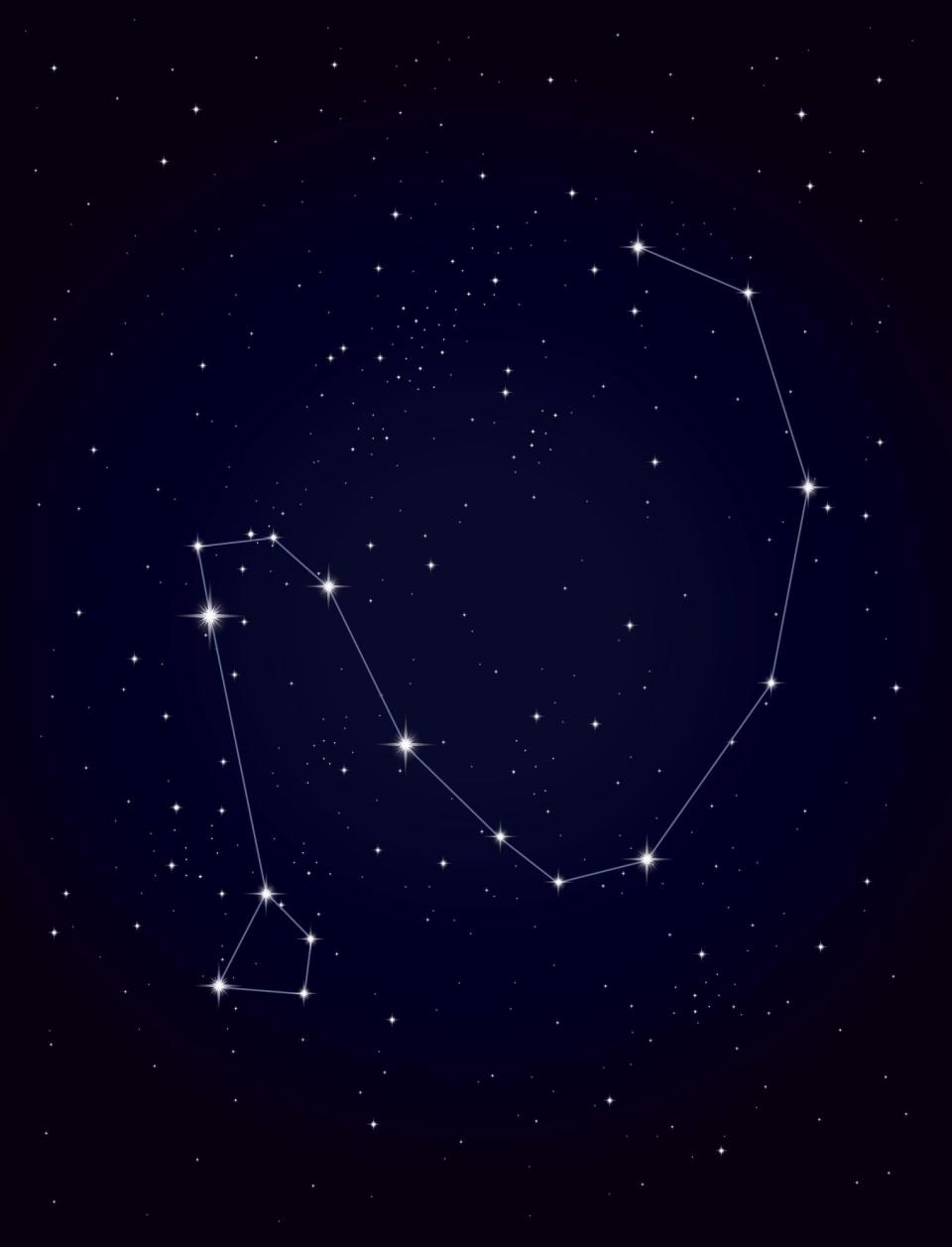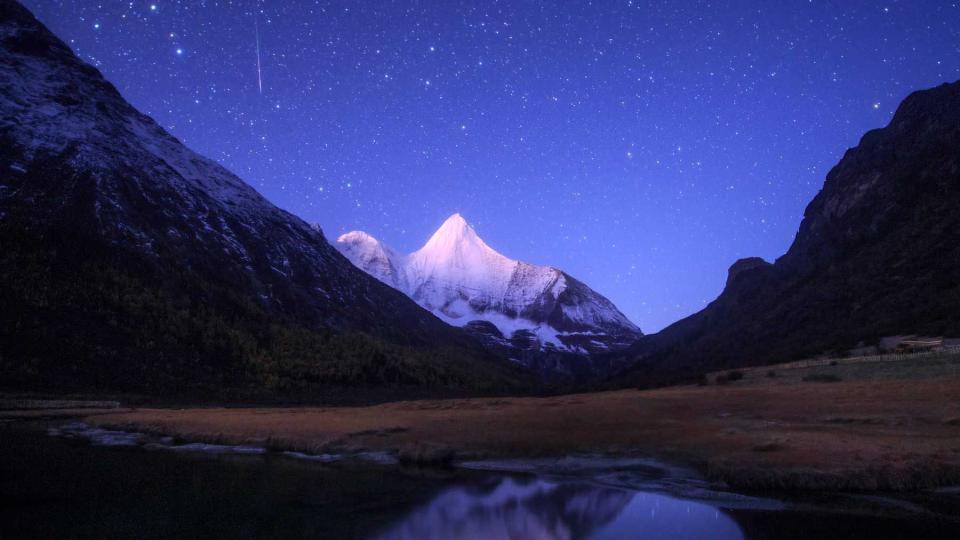Everything to Know About the Draconid Meteor Shower, Including When It Peaks and How to Watch

Owen Humphreys/PA Images via Getty
Make sure your wishes are aligned because more shooting stars are upon us!
Get ready to point your eyes to the sky because the annual Draconids are expected to peak in just a few days, marking the first of two meteor showers within the month of October.
Fortunately for space fans, there will be several opportunities to catch a glimpse of some sort of celestial spectacle during spooky season. Unfortunately for star seekers, this meteor shower will be harder to view due to the conflicting full moon.
On Sept. 10, October's Harvest Moon will be at its fullest. While this will be an exciting opportunity for lunar lovers to locate the giant, orange orb high in the sky, its moonlight poses a threat to viewers trying to spot the sleepy Drago stars.
But be alert if the Dragon awakes! The Draconids, which appear to radiate from the Draco the Dragon constellation, have the potential to spit forth tens of thousands of fiery stars across the night sky in a rare occurrence known as a meteor storm.
From when it's expected to peak to how you can watch them, here's everything to know about the Draconid meteor shower.
RELATED: Everything to Know About the Full Moons in 2022
When does the Draconid meteor shower peak?

Getty Images/500px
Unlike many meteor showers, the Draconids are short-lived and will only remain active from Oct. 6 until Oct. 10. For the chance of spotting maximum shooting stars, catch the Draconids at their peak on the night of Oct. 8 into Oct. 9 early morning this year.
How many Draconids will you see in the sky?

Adam Vaughan/Shutterstock
The reason we see sparkling dust scatter the sky is due to the meteor's parent comet founded by Michel Giacobini on Dec. 20, 1900. Therefore, its name is Comet 21P/Giacobini-Zinner.
When Earth crosses the parent comet's orbital path, the debris that is left behind collides with Earth's upper atmosphere to form the Draconids. Comet 21P/Giacobini-Zinner has an orbital period of about 6.6 years, per EarthSky.org.
RELATED: NASA Postpones Artemis I Mission Again Due to Fuel Leak Hours Before Scheduled Launch
Despite the moonlight hindering the stars' visibility from Earth, the Draconids are expected to produce approximately 10 to 20 meteors per hour at their peak, according to NASA. Although this shower isn't a rich one, it has the potential to be exceptional depending on the comet's distance from the sun.
If the comet's perihelion (its closest point to the sun) coincides with the shower's peak, a rare meteor storm can occur creating thousands of meteor showers per hour. A storm of that caliber hasn't happened since 1946.
Where does the Draconid meteor shower appear in the sky?

Getty
While comets are the true point of origin for meteor showers, many tend to think they come from their radiant, or the point in the sky the stars appear to shoot. For the Draconids, its radiant is the constellation Draco the Dragon in the northern sky.
Despite its radiant point, the Draconids can be spotted anywhere in the sky. The only thing getting in your way? The big, beautiful full moon (who can complain?)!
RELATED: A Timeline of Jeff Bezos and Elon Musk's Feud
What meteor shower comes after the Draconids?

Getty Images/Stocktrek Images
The meteor shower that follows the Draconids is the Orionids, which will take place at the end of the month. The Orionids are expected to peak on Oct. 21 but remain active until Nov. 22 this year.

